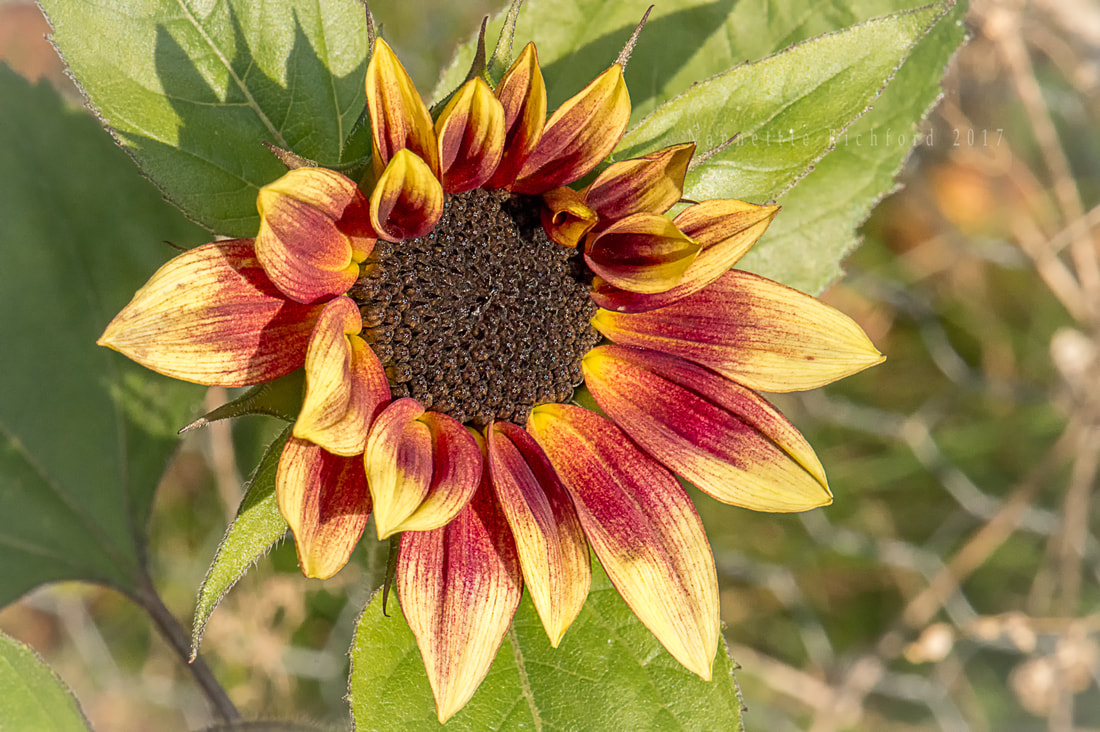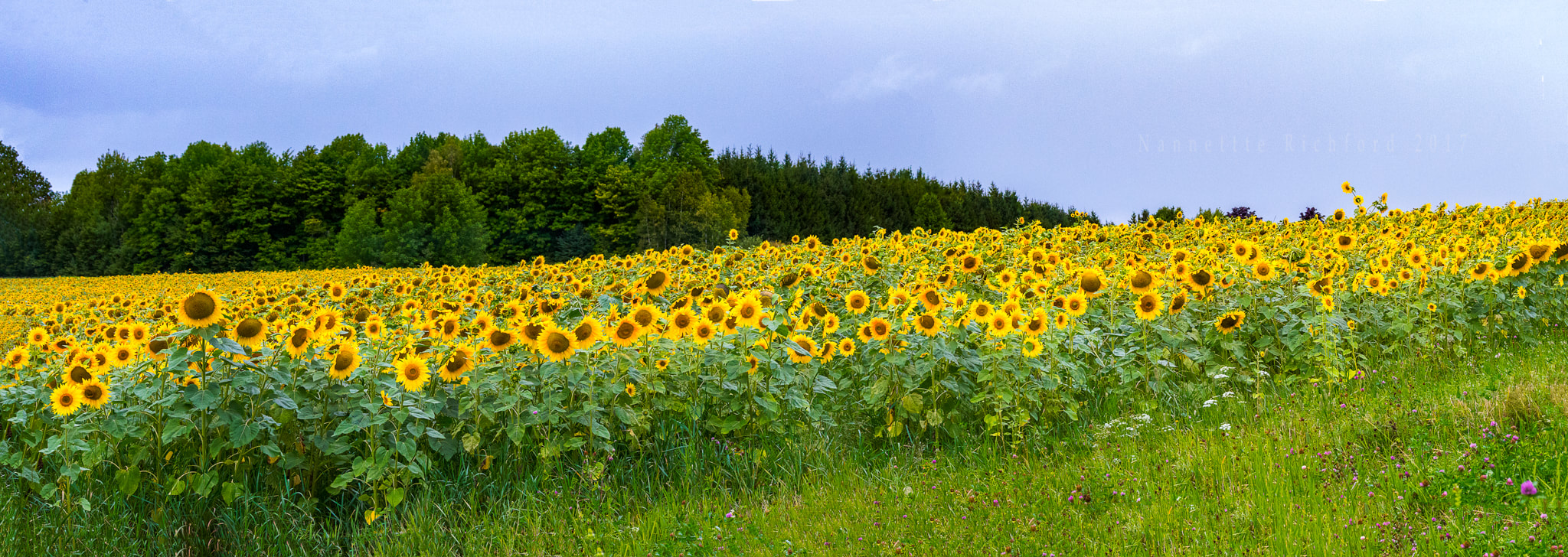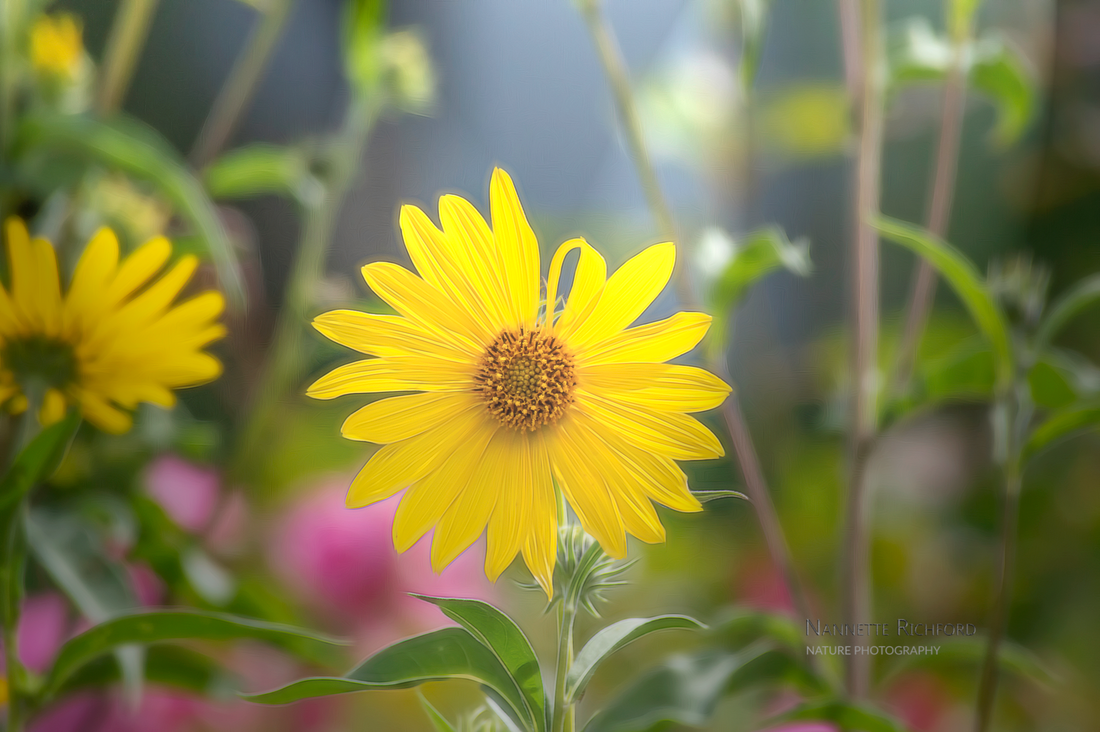How to Grow and Care for Sunflowers
Sunflower Varieties Range in Color and Size
Common sunflowers (Helianthus annuus) thrive in full sun in fertile well-drained soil. These annual flowers come in a wide variety of sizes, shapes and colors making them one of the most popular flowers for home gardens.
Planting Sunflowers in Your Garden
Where is the best place to plant sunflowers?
Light: Choosing a good location for planting you sunflowers is important. Sunflowers prefer a location in full sun for 6 to 8 hours a day. Although they will grow in less sun their growth will be stunted.
Western or Northern Side of Garden: Sunflowers also tend to face east when they are in bloom. Make sure to plant your sunflowers on the western or northern side of your property so the blooms will be facing you.
Along Fences or Buildings: Planting sunflowers along the side of building or along a fence will provide support for the mature plants. This is especially important if you are growing giant sunflowers or if your location tends to get high winds.
What kind of soil do sunflowers like?
Sunflowers will grow in nearly any soil, but to get the biggest and brightest blooms you need to provide them with fertile, well-drained soil. Apply a 2- to 3-inch layer of compost or well-rotted manure to the planting area and work it into the top 6 to 8 inches of soil. This improves drainage and aeration while providing the nutrients your sunflowers need to thrive.
When is the best time to plant sunflowers?
You can plant your sunflowers in the spring once the danger of frost has passed and the soil warms to at least 45 to 50 degrees, but it is better to wait a bit longer. Optimal sunflower seed germination occurs when the soil is between 70 and 78 degrees. Here in Maine that may mean waiting until the first week in June. Planting them too early poses the risk of poor germination.
How deep should you plant sunflower seeds?
Sow sunflower seeds to a depth of 1/2 inch and cover them with soil. Firm the soil down with your hands to secure the seeds and remove air pockets around the seeds. Space seeds according to the directions of the seed packet. Short sunflowers can be spaced 4 inches apart, while taller sunflowers need 8 inches or more between plants.
Do you need to water sunflowers?
Keep the soil moist until the seedlings emerge in approximately one week. Germination time varies, depending on the weather and soil conditions. Reduce watering to once or twice a week or whenever the soil feels dry to the touch one inch below the surface.
Amazing Sunflower Facts
- The tallest sunflower in the world measured an amazing 26.4 feet tall and was grown in Germany in 2009 by Hans-Peter Schiffer.
- The largest sunflower blossom measured 32.25 inches in diameter. It was grown by Emily Martin from British Columbia in 1983.
- The record for the most blooms on one plant goes to Melvin Hemker from St. Charles Michigan. He grew a sunflower with 837 blooms on one plant in 2001.
- Sunflowers attract aphids and are a great way to keep aphids off your garden veggies. Because sunflowers are tough plants, the aphids do not harm them.
- Sunflowers make delightful cut flowers. Try displaying them in a mason jar for country charm.
- Sunflowers follow the path of the sun when they are young, but as they mature almost all sunflowers face east. Plant sunflowers on the western or north-western border of your property so you can enjoy them when they are in bloom.
- If you are planting sunflowers near the vegetable garden or around flower beds, plant them on the northern border to prevent them from shading your other plants.


